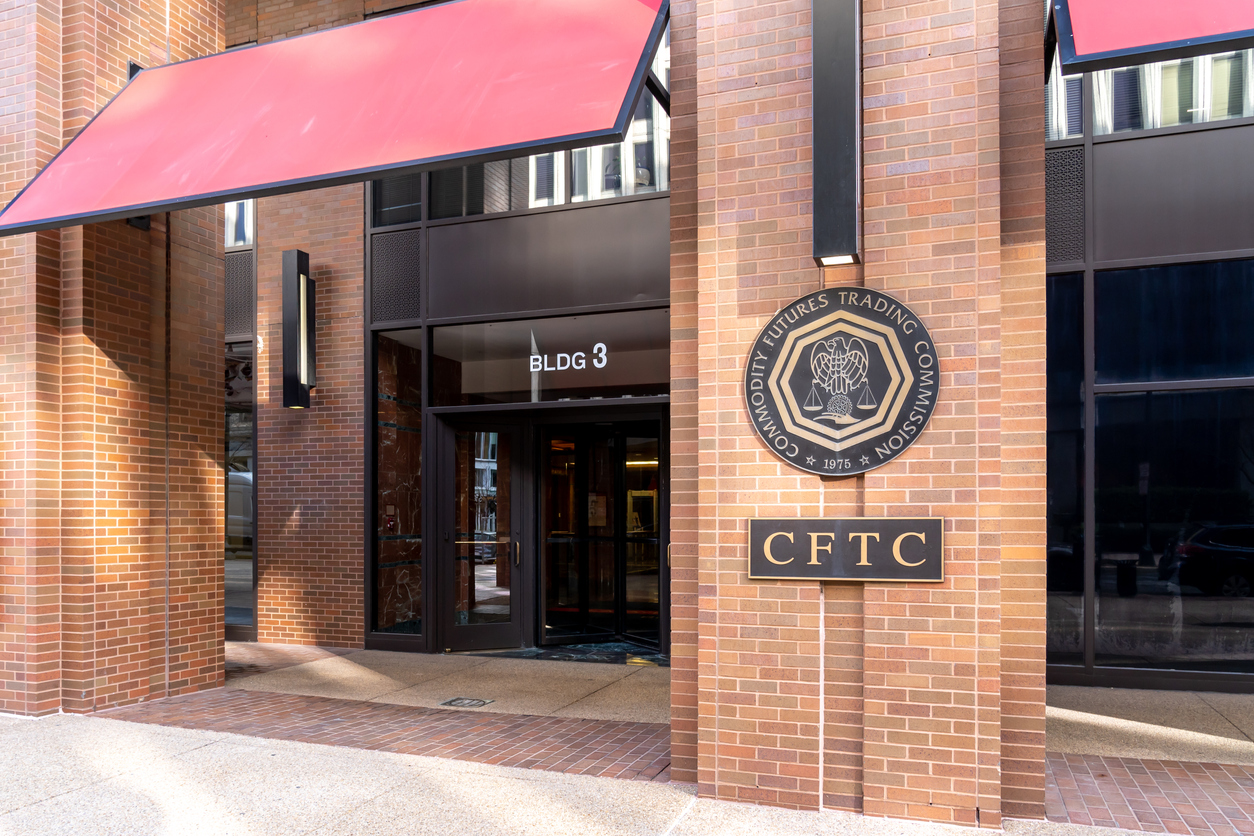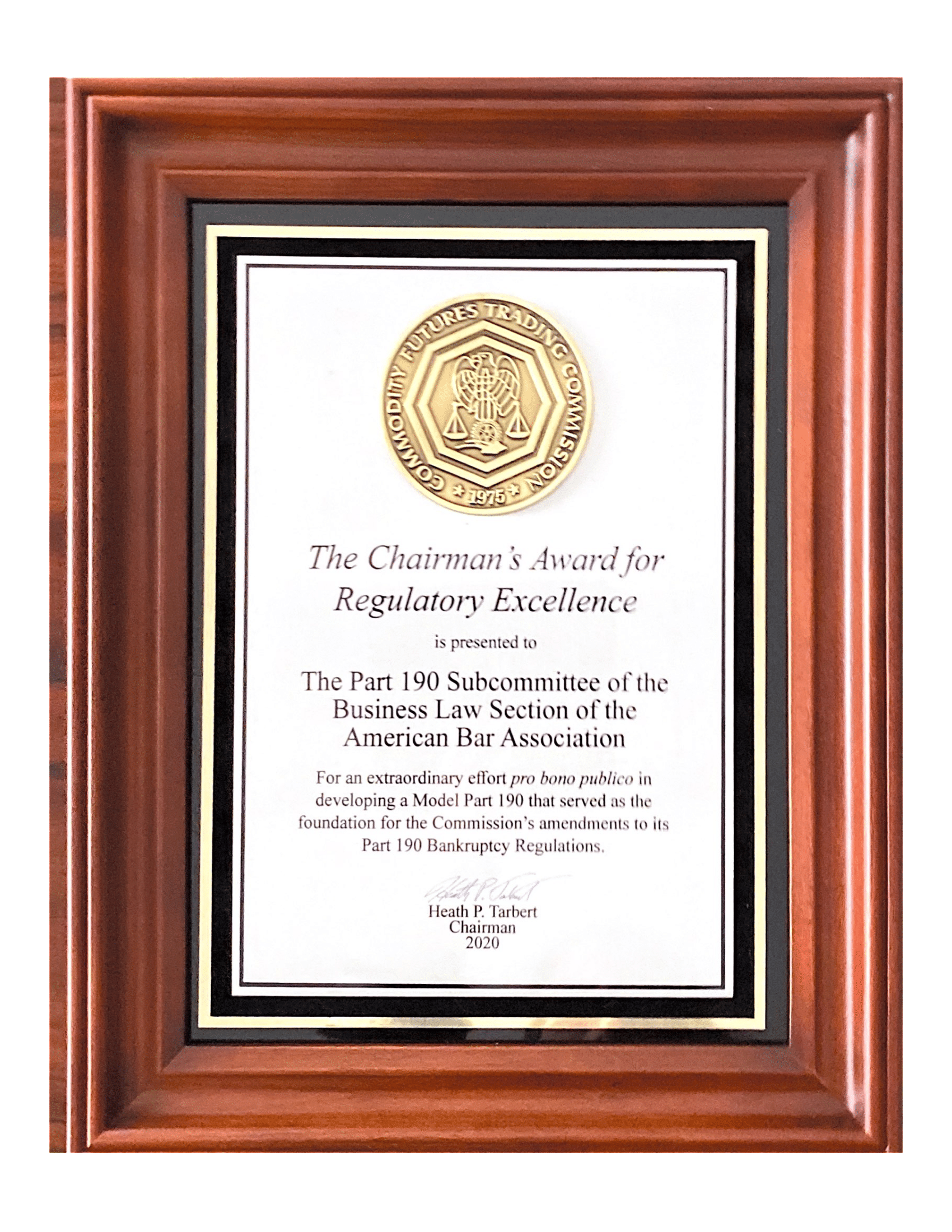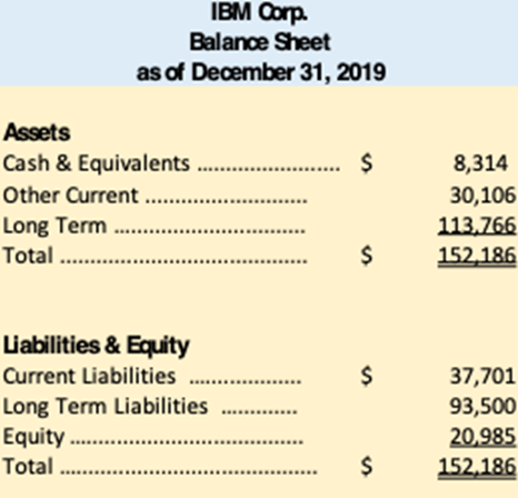
Introduction: The NDAA
On January 1, 2021, Congress overrode the presidential veto of the National Defense Authorization Act for Fiscal Year 2021 (NDAA).[1] While the new law dealt mostly with national security, it also included a provision that substantially amended the SEC’s remedial powers, expressly authorizing the SEC to obtain disgorgement in federal court and doubling the statute of limitations for some types of relief. Early reactions to the amendments have viewed them as attempting to overturn the Supreme Court’s recent decisions in Kokesh v. SEC[2] and Liu v. SEC[3] that had curtailed the SEC’s remedial powers. Kokesh overruled a long line of lower court cases that had held that disgorgement was not subject to any statute of limitations. And Liu rejected the SEC’s broad interpretation of disgorgement, instead adopting a much narrower view of disgorgement, closer to how other courts had interpreted the sanction under common law, such as by permitting deductions for certain legitimate business expenses. Against this backdrop, some have suggested the amendments “neuter” or “upend” Liu’s limitations on disgorgement.[4]
But do they? Although the statute was enacted after Liu, the relevant provision’s language was originally introduced before the Supreme Court had even granted certiorari in Liu, let alone issued its decision. The legislative history reveals that this provision was in response to Kokesh, particularly a footnote in which the Supreme Court suggested disgorgement may not actually have been authorized by the provisions of the Securities Exchange Act of 1934[5] (Exchange Act) that the SEC and courts had long relied on.[6] Simply put, the NDAA’s amendment focused on Kokesh, not Liu.
Indeed, contrary to some suggestions, the NDAA’s characterization of disgorgement in many ways tracks the Supreme Court’s discussion in Liu. Unsurprisingly, then, under ordinary principles of statutory interpretation, some of Liu’s limitations on disgorgement probably remain, even after the NDAA’s amendments. And those limitations could continue to provide an important check on the new statutory disgorgement power that Congress has given the SEC.
Background: Kokesh and Liu
For at least several decades, disgorgement was seen as a silver bullet in the SEC’s arsenal, because it was not subject to any statute of limitation and the amount of disgorgement was largely left to the discretion of the SEC or lower courts. Over time, this perceived flexibility resulted in disgorgement becoming a powerful tool to sanction misconduct where civil money penalties were time-barred or considered insufficient. But in 2017, a unanimous Supreme Court held in Kokesh that, as applied by many courts, disgorgement was effectively a penalty. And as a result, an action for disgorgement was subject to the same default five-year statute of limitations in 28 U.S.C. § 2462 that applied to SEC actions for civil money penalties.
In a significant footnote, the Supreme Court noted that whether the SEC was even authorized to seek disgorgement remained an open, antecedent question that was not then before the Court. Given that the case was limited to addressing the applicability of a statute of limitations, the Court cautioned that “[n]othing in this opinion should be interpreted as an opinion on whether courts possess authority to order disgorgement in SEC enforcement proceedings or on whether courts have properly applied disgorgement principles in this context. The sole question presented in this case is whether disgorgement, as applied in SEC enforcement actions, is subject to § 2462’s limitations period.”[7]
That footnote cast doubt on the SEC’s authority under the Exchange Act to obtain disgorgement in district court actions. And, when the Supreme Court later decided to hear a case that directly challenged the SEC’s authority to obtain disgorgement, many were concerned that the Court would hold that disgorgement was not authorized by the Exchange Act.
In Liu, however, the Supreme Court held that disgorgement was a permissible “equitable remedy” under Exchange Act Section 21(d)(5), so long as the disgorgement award “does not exceed a wrongdoer’s net profits and is awarded for victims.”[8] The Court reasoned that when the Exchange Act authorized “any equitable relief that may be appropriate or necessary for the benefit of investors,” Congress incorporated longstanding equitable principles that prevented an equitable remedy from being transformed into a punitive sanction. The Court identified three limitations that, when observed, made a disgorgement award an equitable remedy:
- In general, disgorgement of a defendant’s gains should be returned to wronged investors for their benefit, not simply deposited with the Treasury.
- Disgorgement is available only for the profits that accrued to wrongdoers themselves and not to another party.
- Disgorgement is limited to a party’s “unjust enrichment,” so awards generally must deduct legitimate business expenses so that the total award does not exceed a wrongdoer’s net profits.[9]
How these three limitations should be put into practice has vexed the SEC and defense attorneys since Liu was decided in June 2020. The Liu opinion has, seemingly, left the SEC reluctant to seek disgorgement in many cases.
The NDAA’s Amendments to the Exchange Act
Section 6501 of the NDAA directly and broadly addresses disgorgement in two ways. First, it amends Section 21(d) of the Exchange Act so that the provision now explicitly provides the SEC with authority to seek (and provides courts with authority to order) disgorgement “of any unjust enrichment by the person who received such unjust enrichment as a result of such violation . . . in any action or proceeding brought by the Commission under any provision of the securities laws.” Second, Section 6501 provides that the statute of limitations for disgorgement is generally five years but is extended to 10 years for violations of the securities laws “for which scienter must be established.” And in another subsection, Congress also expanded the statute of limitations to 10 years for “any equitable remedy, including for an injunction or for a bar, suspension, or cease and desist order,” without the need to establish scienter.
History of NDAA Section 6501
Section 6501 was inserted into the Conference Report on the NDAA (H.R.6395) on December 3, 2020, without any Congressional debate or discussion. The subject matter of Section 6501 was obviously far afield from the NDAA, so the technical statutory language in that provision had to come from somewhere else. Section 6501’s sources are three prior bills introduced in Congress well before Liu was decided.
In March 2019 (after Kokesh but before the petition for certiorari in Liu was even filed), the Securities Fraud Enforcement and Investor Compensation Act of 2019 (S.799) was introduced in the Senate. That bill would have amended Exchange Act Section 21(d) to expressly authorize the SEC to obtain disgorgement for unjust enrichment. It also would have established a five-year statute of limitations for disgorgement and a 10-year statute of limitations for equitable remedies.
In September 2019 (while the petition for certiorari in Liu was pending but not yet granted), the Investor Protection and Capital Markets Fairness Act (H.R.4344) was introduced in the House. This different bill also would have amended Exchange Act Section 21(d) to authorize disgorgement in any SEC action or proceeding. And it would have made 28 U.S.C. § 2462 inapplicable to disgorgement, though it did not specify another statute of limitations.
A few days later, the Improving Laundering Laws and Increasing Comprehensive Information Tracking of Criminal Activity in Shell Holdings Act (S.2563) was introduced in the Senate. That bill had a number of provisions unrelated to the Exchange Act, but Sections 501 and 502 of S.2563 incorporated S.799 in its entirety, with only a few changes. The only material change to S.799 in S.2563 would have been an extension of the statute of limitations for equitable remedies from 10 years to 12. The bill expressly would have applied only to actions or proceedings commenced on or after the date of enactment.
These three predecessor bills (S.799, H.R.4344, and S.2563) were all plainly focused on Kokesh, and in particular, the Supreme Court’s holding that disgorgement was subject to a five-year statute of limitations and the question raised by footnote three as to whether the SEC was even authorized to seek disgorgement.
On November 18, 2019 (shortly after the petition for certiorari in Liu had been granted), the House took up an amended version of H.R.4344. That version of the bill would have amended Section 21(d) of the Exchange Act as before, only now it would have created a 14-year statute of limitations for disgorgement, and it would have expressly applied the amendments to Section 21(d) retroactively (with the same language ultimately enacted in NDAA Section 6501). In the limited floor debate on H.R.4344, members continued to focus on expanding the statute of limitations, to abrogate Kokesh’s holding. In a comment that was representative of the floor debate, one member characterized the bill as follows: “This bill is the result of the Supreme Court’s Kokesh decision, which restricted the SEC’s disgorgement authority to five years [and the] concern that a five-year statute of limitations allows bad actors to hold on to their ill-gotten gains obtained outside that five-year window.”[10] Other members also raised concerns that the footnote in Kokesh and the Court’s decision to hear Liu meant that the Supreme Court could “remove any disgorgement action from the SEC, absent further action by Congress.”[11] Members made it clear that the purpose of the provision was not to address the contours of the Commission’s disgorgement authority, but to simply “clarify[] that the SEC does indeed have disgorgement authority.”[12]
None of these three predecessor bills were ever taken up in the Senate. That might have been the end of the matter, until Section 6501 was slipped into the Conference Report on the Defense Bill.[13] The language of Section 6501 was largely derived from S.2563, though it incorporated the retroactivity provision originally approved by the House in H.R.4344.
In summary, the legislative history suggests that the only purpose of Section 6501 was to respond to the Supreme Court’s decision in Kokesh by giving the SEC express authority to seek disgorgement and by lengthening the applicable statute of limitations. The statutory language in Section 6501 had nothing to do with Court’s decision Liu—indeed, it couldn’t have, because that language was crafted and debated many months before the Supreme Court issued its opinion in Liu. The language of amended Section 21(d) was never meant to respond Liu.
Textual Analysis of Amended Section 21(d)
Of course, just because Congress apparently didn’t intend to abrogate Liu doesn’t mean that Section 6501 didn’t effect substantive changes. The legislative history may be interesting, but the interpretation of a statute begins (and often ends) with the text.[14] Applying ordinary principles of statutory interpretation to Section 6501 reveals that, contrary to some suggestions, the disgorgement remedy Congress has now authorized likely embraces some of Liu’s important limitations on the SEC’s disgorgement authority.
Section 21(d), as amended, does not simply authorize “disgorgement.” Rather, it provides a more limited grant of authority to obtain disgorgement only “of unjust enrichment.” “Unjust enrichment” is undefined, but it is a familiar principle. Indeed, the concept was the foundation of the Supreme Court’s interpretation in Liu regarding what funds could be disgorged. As the Court explained, “unjust enrichment” had long been understood to be a “profit-based measure” that was “tethered to a wrongdoer’s net unlawful profits.” Congress is presumed to be familiar with the meaning of common legal terms and Supreme Court decisions when it legislates,[15] so its decision to limit disgorgement orders to “unjust enrichment” should be seen as embracing, not rejecting, that portion of Liu. Moreover, Congress chose the term “disgorgement”—which is of relatively recent vintage—instead of “restitution,” which has a longer history in decided cases. That decision should not be considered inadvertent, and it is consistent with the provision’s focus on unjust gains instead of the victim’s losses.
Section 6501’s text also confirms Congress’s intent that the right target of a disgorgement order is “the person who received such unjust enrichment as a result of such violation.” That approach is different from the approach the SEC and some lower courts had taken before Liu. As the Supreme Court explained, courts often imposed “disgorgement liability on a wrongdoer for benefits that accrue to his affiliates, sometimes through joint-and-several liability.” When Liu was decided, that broad approach was “seemingly at odds with the common-law rule requiring individual liability for wrongful profits.” And now, that broad approach appears to likewise be at odds with Section 21(d), as amended.
This is not to say that the statutory disgorgement authorized by Congress in Section 6501 is identical to the equitable disgorgement addressed in Liu. One key difference is that, while the disgorgement discussed in Liu is a type of equitable relief, in Section 6501 Congress textually distinguished the new disgorgement remedy and “any equitable remedy.” One consequence of this distinction is that the other limitations on equitable disgorgement that are not mirrored by Section 6501—such as the requirement to generally return disgorged funds to victims instead of depositing them in the Treasury—probably do not apply. Thus, the SEC may have more freedom to deposit funds with the Treasury now instead of returning them to victims, as Liu generally requires for equitable disgorgement. That result also addresses the practical concern, voiced by the SEC, that in many instances it may be nearly impossible to return funds to an identified group of victims.
Conclusion
There can be little doubt that NDAA Section 6501 substantially changes the SEC’s ability to obtain disgorgement in enforcement actions. But, contrary to some suggestions, the Commission’s new statutory disgorgement remedy seems to be subject to many of the same limitations recognized by the Supreme Court in Liu.
[1] Pub. L. 116-283.
[2] 137 S.Ct. 1635 (2017).
[3] 140 S.Ct. 1936 (2020).
[4] See, e.g., Russ Ryan, How the SEC Became the Investor’s Collection Agent (Jan. 4, 2021), available at https://www.linkedin.com/pulse/how-sec-became-investors-collection-agent-russ-ryan/; see also Joshua Robbins, SEC Enforcement Expansion May Face Constitutional Limits, available at https://www.law360.com/securities/articles/1344736/sec-enforcement-expansion-may-face-constitutional-limits?nl_pk=5955957a-af34-4955-8056-a269be5c8da4&utm_source=newsletter&utm_medium=email&utm_campaign=securities (noting that the NDAA was a response to Kokesh and Liu).
[5] 15 U.S.C. § 78a et seq.
[6] Congressional Record at H8930 (Nov. 18, 2019) (“The Supreme Court further hinted, in an obscure footnote, that the SEC may not be able to seek disgorgement of ill-gotten gains at all.”).
[7] Kokesh v. Sec. & Exch. Comm’n, 137 S. Ct. 1635, 1642 n.3 (2017).
[8] Liu et al. v. Sec. & Exch. Comm’n, 140 S. Ct. 1936, 1940 (2020).
[9] See generally id. at 1943–46.
[10] 165 Cong. Rec. H8930 (Nov. 18, 2019).
[11] 165 Cong. Rec. H8931 (Nov. 18, 2019).
[12] 165 Cong. Rec. H8930 (Nov. 18, 2019).
[13] H. Rept. 116-617, William M. (Mac) Thornberry National Defense Authorization Act for Fiscal Year 2021, Conference Report to Accompany H.R.6395 at 1267–68 (Dec. 3, 2020).
[14] See, e.g., Octane Fitness, LLC v. ICON Health & Fitness, Inc., 572 U. S. 545, 553 (2014).
[15] See, e.g., Hall v. Hall, 138 S. Ct. 1118, 1128 (2018).














